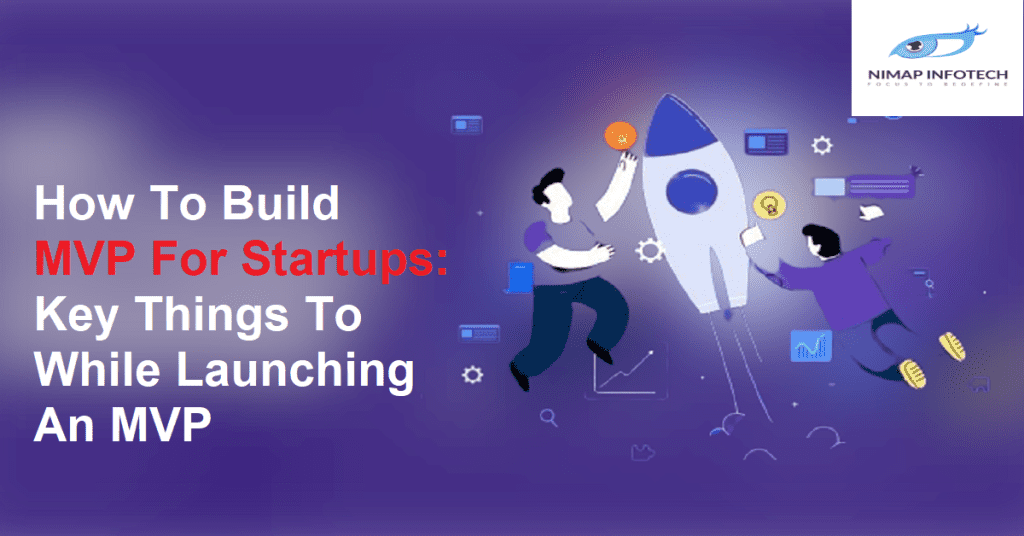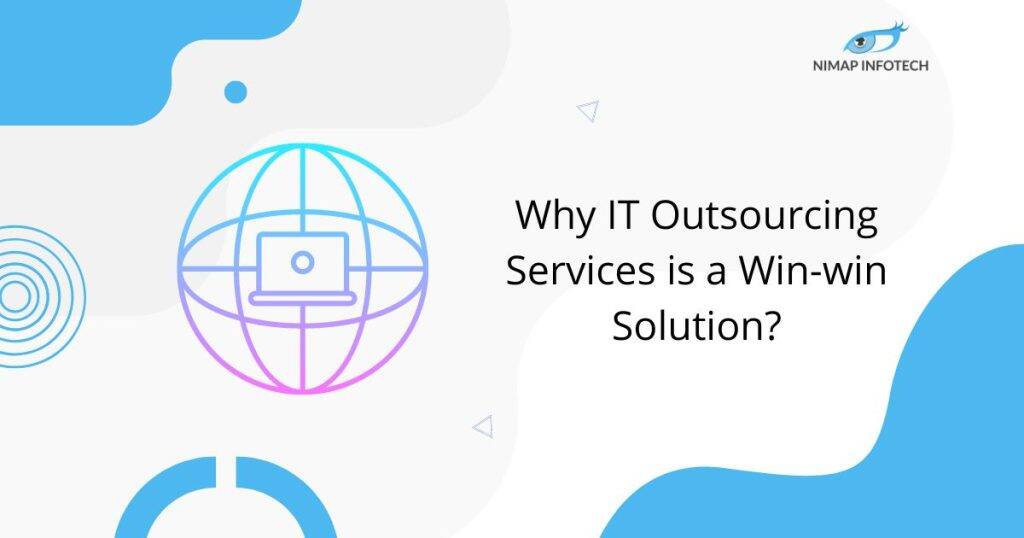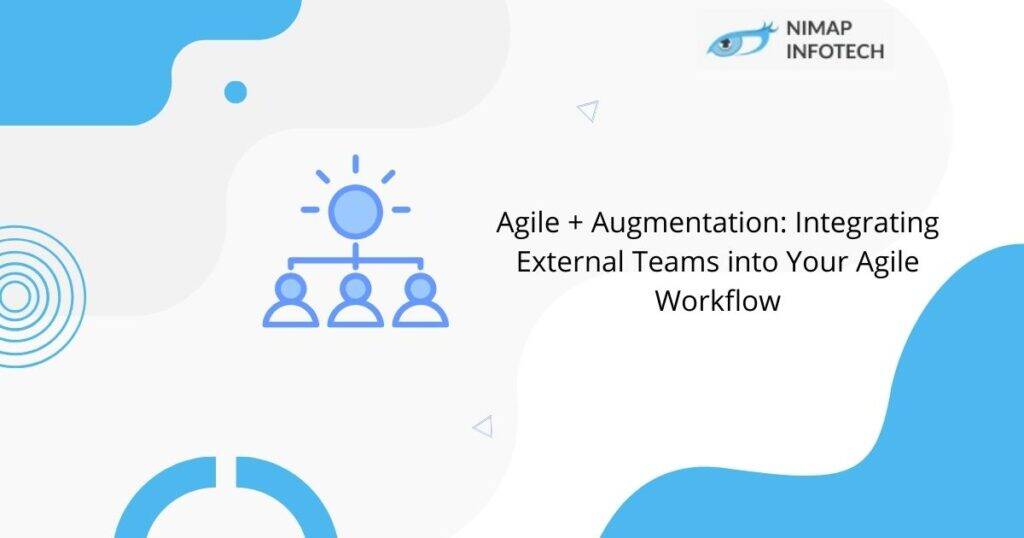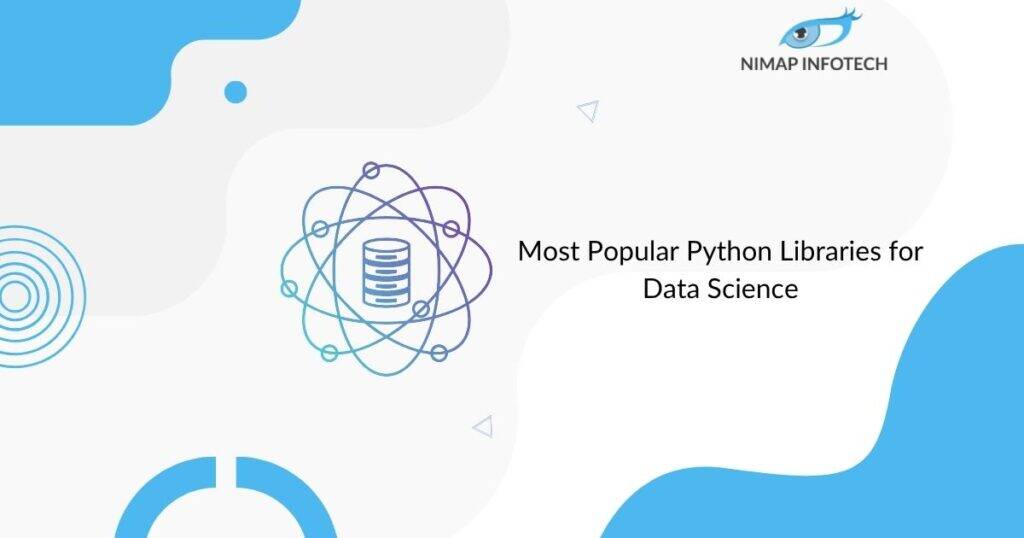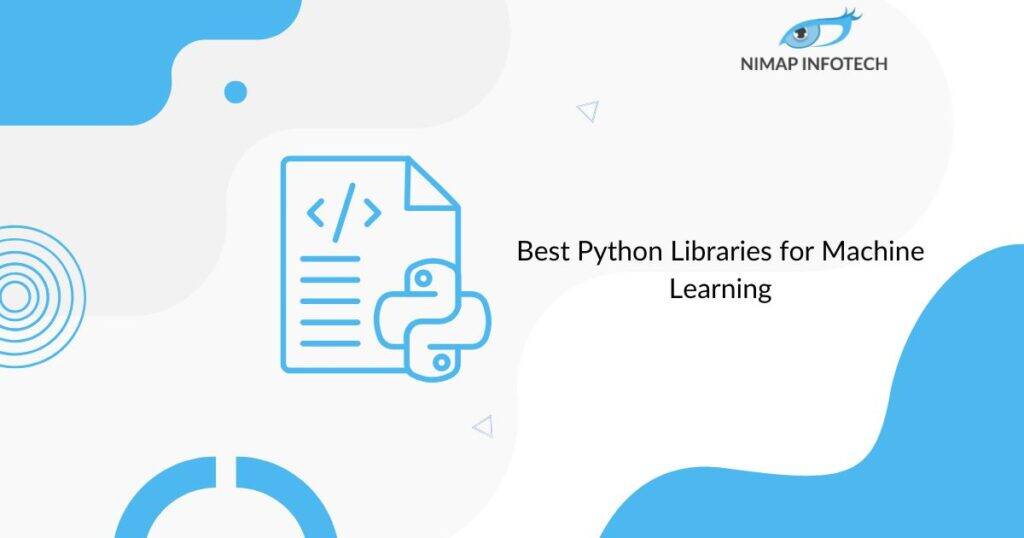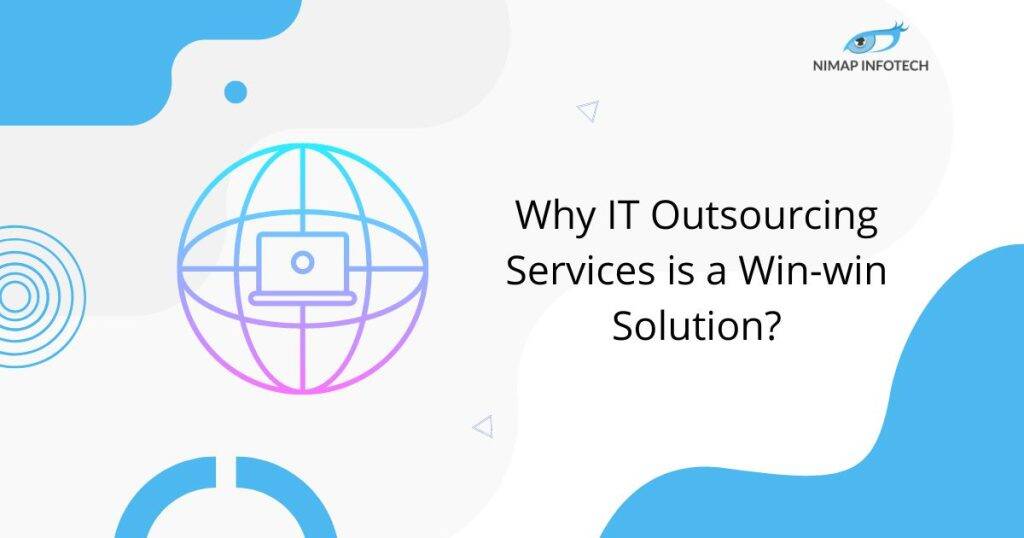To solve this problem, MVP development company are there to provide proper guidance. A startup must create an MVP to test market demand for its product or service. It is a rudimentary version of your product with only enough functionality to answer the critical problem of your target audience.
Launching an MVP allows you to verify your company idea, get feedback from early adopters, and make educated decisions regarding the future development of your product. MVP development for startups is effective in the past.
What is a Minimum Viable Product (MVP) for a Startup?
MVP stands for Minimum Viable Product, a development strategy that entails creating a simple product version with only the essential features in order to satisfy early consumers and gather feedback for future updates. It seeks to test the product concept with the least time and resources while providing value to early adopters. With an MVP, startups may rapidly discover whether their product or service is in demand and whether they should proceed with additional development.
Consider the early versions of popular applications such as Tinder and Snapchat. Despite the fact that they lack the majority of their existing capabilities, they might nevertheless give value to consumers by allowing them to rapidly join up for dating and exchange images without having to fill out lengthy questionnaires.
Why do startups need MVP?
Every business begins with a basic operating model, followed by a primary product with restricted features. Google even debuted its search engine with a simple HTML page to see how its consumers reacted. These MVPs also assist startups in determining their course of action by causing them to recognize difficulties and devise efficient and effective remedies.
Types of MVP models:
Piecemeal:
Piecemeal is an MVP model in which the product is assembled from many sources. As an example, consider the aggregator Groupon. Groupon collects offers from numerous retailers and posts them on its marketplace. When someone makes a purchase, it operates as an affiliate and receives a little commission. All of the bargains are already accessible on these websites, and Groupon has not created any of its own. This MVP format is ideal for companies that want to get started quickly and with a small expenditure.
Wizard of Oz:
The Wizard of Oz MVP approach is intended for individuals who need more skills or time to create a flawless automated system. Wizard of Oz is a fictitious system in which entrepreneurs pretend to have a completely automated system while using human labour to do tasks. The model is acclaimed in the startup world since it demonstrates whether or not the firm has a viable business plan because the systems can be automated later if a suitable model is used.
Concierge MVP:
The Concierge MVP model is similar to the Wizard of Oz’s MVP model, but where the Wizard of Oz hides the workings of the system, Concierge MVP is rather open in that regard. ‘Food on the Table’ startup has successfully implemented concierge MVP. The startup’s team did not have an app or a web-based interface; instead, it interviewed the first few testers, asked them about their culinary preferences, and then provided them with a monthly list of recipes and grocery lists in exchange for a modest membership fee.
Also Read: 15 Must-Known Chat GPT Prompts For Startup Founders
How To Build a Minimum Viable Product?
The MVP development process is an excellent method to test your concept, gain feedback from early adopters, and confirm your ideas before spending too much time and money on a full-scale product. The crucial steps of creating an MVP are outlined below.
Define your MVP
-
Understand Target market:
Understanding your target market is critical before establishing your MVP. It entails being aware of potential consumers’ demands, pain areas, and preferences. Market research, surveys, interviews, and feedback from early adopters can help you acquire the essential information.
-
Identify the core feature of the product:
In this instance, the second step would be to define the main characteristics that your solution must have in order to suit their demands. Furthermore, they should be the most desirable and beneficial to your target market.
-
Essential features to include in MVP:
Following the identification of the fundamental characteristics, it is critical to prioritize them based on their relevance and practicality. The aim is to have the bare minimum of pieces that provide value to your clients in order to verify your product concept further.
Build MVP
-
Development tools:
Once you’ve determined your target market and the key characteristics of your product, it’s time to choose the programming languages, frameworks, and other development tools.
-
Deployment platform:
Your application must be deployed on a certain venue to be available to users. AWS and Microsoft Azure are two of the most popular deployment options to consider.
-
Develop MVP:
Using agile development approaches, create a working MVP. Focus on building the core features vital to your product’s success and avoid adding extraneous functionality.
Design your MVP
-
Create wireframes and prototypes:
After identifying your startup’s MVP, you’ll need to construct wireframes and prototypes. Wireframes are visual representations of your product’s layout and functionality, whereas prototypes are interactive functioning versions of your product. They assist you in testing and refining your product’s design prior to investing in development.
-
Consider user experience:
When creating your MVP, keep the user experience (UX) in mind. It would entail creating a user-friendly design, making navigation as simple as possible, and incorporating user input to improve the entire experience.
-
Iterating your startup MVP design:
You may test your MVP with a small group of people after designing a prototype to get feedback and find areas for development. Based on this feedback, you may iterate your MVP design and make modifications better to meet the requirements and preferences of your users. This procedure may be repeated until you have a product that fits your target market’s demands and delivers value to your consumers.
Read More: MVP Software Development: A Complete Guide
The MVP development process is essential for entrepreneurs wanting to verify product concepts, reduce risks, and maximize resource utilization. They may swiftly build and test their product in the market, receive feedback from early adopters, and iterate on their product to enhance its performance and raise its value by concentrating on the essential features and capabilities that bring the greatest value to the user.
Adopting the Lean methodology, which emphasizes prioritizing customer demands, iterative development, continuous improvement, minimizing waste, cross-functional teams, and data-driven decision-making, is the key to effective MVP development. Startups may create an MVP that successfully answers the demands of their target audience and lays the groundwork for a successful product launch with the necessary skills and knowledge.
Author
-

Sagar Nagda is the Founder and Owner of Nimap Infotech, a leading IT outsourcing and project management company specializing in web and mobile app development. With an MBA from Bocconi University, Italy, and a Digital Marketing specialization from UCLA, Sagar blends business acumen with digital expertise. He has organically scaled Nimap Infotech, serving 500+ clients with over 1200 projects delivered.
View all posts

